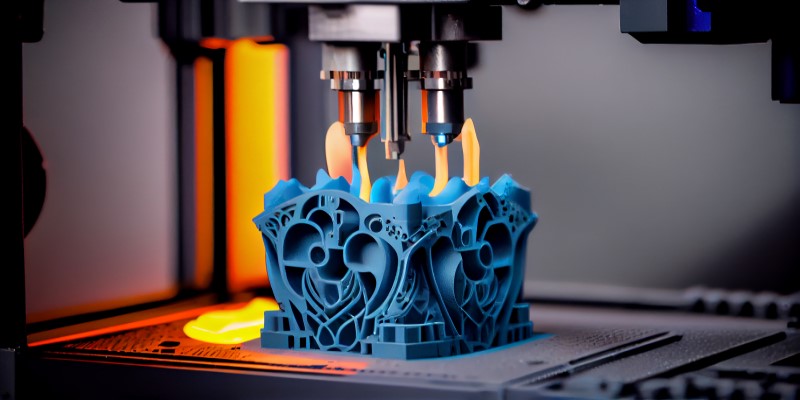Revolutionizing Manufacturing with 3D Printed Titanium
A Breakthrough in Material Science
Researchers at RMIT University have developed a groundbreaking 3D printed ‘metamaterial’ using common titanium alloy, exhibiting an extraordinary strength-to-weight ratio previously unseen in nature or manufacturing. This innovation has far-reaching implications for industries ranging from aerospace to healthcare.
Inspired by Nature: Improving on Natural Designs
The lattice structure of the metamaterial draws inspiration from nature, mirroring the strength and lightness found in hollow-stemmed plants and coral. Traditional attempts to replicate these cellular structures in metals faced challenges due to manufacturability and stress concentration issues. However, through advanced metal 3D printing, the RMIT team overcame these obstacles.
Optimizing Design for Strength and Efficiency
By leveraging metal 3D printing capabilities, the researchers optimized a novel lattice structure design to distribute stress more evenly, enhancing both strength and structural efficiency. The innovative design integrates two complementary lattice structures, effectively minimizing stress concentrations and eliminating weak points.
Manufacturing the Metamaterial
The metamaterial was fabricated using laser powder bed fusion technology at RMIT’s Advanced Manufacturing Precinct. This process involves melting layers of metal powder with a high-powered laser beam to create intricate lattice structures. The resulting titanium lattice cube exhibited remarkable strength, surpassing even the strongest alloy used in aerospace applications.
Wide Range of Applications
The versatility of the 3D printed titanium metamaterial makes it suitable for diverse applications. Its strength, biocompatibility, corrosion resistance, and heat resistance render it a promising candidate for medical implants, aircraft components, and even rocket parts. The material’s printability allows for scalability, enabling production at varying sizes to suit different needs.
Enhancing Efficiency and Versatility
The research team aims to further refine the metamaterial for maximum efficiency and explore applications in higher-temperature environments. By utilizing more heat-resistant titanium alloys, they anticipate extending the material’s capabilities for aerospace and firefighting drone applications. Despite current limitations in accessibility, ongoing advancements in metal 3D printing technology promise wider adoption of this innovative material in various industries.
Written By:-

